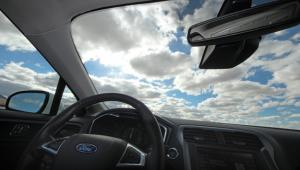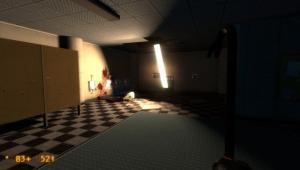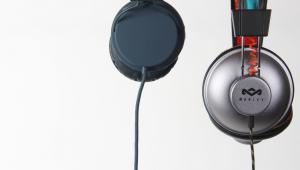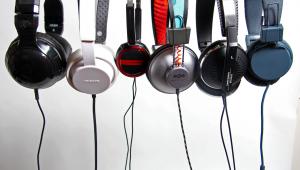The Distortion of Sound: A Documentary and Declaration
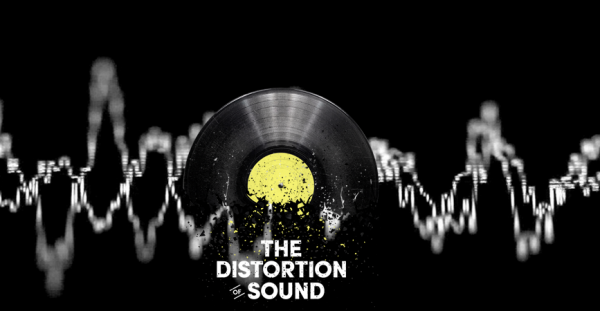
We live in an amazing time, music-wise. For the first time in history, we can hear virtually any artist, living or deceased, perform for us on a whim, within seconds.
For perspective: if you lived in 1580, to even hear a professional musician you’d need to be a member of a royal court, or a very wealthy household like the Medici family. Fast forward two hundred years, and in 1780 you’d still need to travel great distances at great expense to hear Mozart play. In another two hundred years, 1980, hearing your favorite music meant a trip to the store, purchasing an album (if it was in stock!) and then carrying that album around when you wanted to listen. For four hundred years, access to music took money, effort, and determination.
Yet here we are now, a few clicks away from the stuff of riches and royalty. While on our couch, no less! One would think, at this pinnacle of technological accomplishment, that the recordings we enjoy would be of increasing quality. The better the technology gets, the better the sound, right? Nope.
I know, it doesn’t make sense. The whole idea of digital music is supposed to be that those ones and zeros are a perfect copy. They don’t get damaged the way a record can be scratched or a tape snapped. But here’s the thing: when you listen to music on Pandora, iTunes, YouTube, Spotify, etc you’re missing an incredible amount of the sound that your favorite artist recorded. In order to get that music to fit on your phone, or stream to your computer, these companies compress the data that is your music file so that it is easier for them to transfer. So even if you have the best speakers, headphones, receiver, amp and so on, you’re still hearing worse quality than you would if you bought a CD 15 years ago, or even a record 30 years ago.
Find all this hard to believe? Well you don’t have to take my word for it. In a new documentary called The Distortion of Sound, you can hear what Quincy Jones, Hans Zimmer, Snoop Dogg, Slash, Mike Shinoda, and other musicians as well as producers, mixers, and Harman audio engineers have to say on the subject. It’s an in-depth and yet approachable plea for full-fidelity music recordings. Concise (it’s less than half an hour), clear, and in a way a love note to both music and technology, The Distortion of Sound highlights not only the challenges of music consumption in the digital age, but also serves as a call to arms for us as consumers to demand change. Best of all, it’s free to watch in its entirety on YouTube, as well as the Sundance Channel and IFC Channel on July 23 at 6 p.m. ET and PT. Not to give too much away, but after viewing, you may have a tough time listening to an Mp3 ever again.
For hundreds of years, music was nothing more than sound waves on the air, powerful yet impermanent as time itself. How fortunate we are then, to live in an age where we can capture this most transient and intangible art and experience it indefinitely as we do with paintings or sculpture. Yet as anyone who has been to the Louvre can tell you, viewing the Mona Lisa through layers of foggy bullet-proof glass isn’t the same profound experience as leaning in close enough to see the lashes on her eyes, the ridges in the oils. While the Louvre impairs the view for security, listening to music through a haze is no longer a necessity. The Distortion of Sound forces us to wonder: If you had the chance to see a master work up close, why wouldn’t you?



